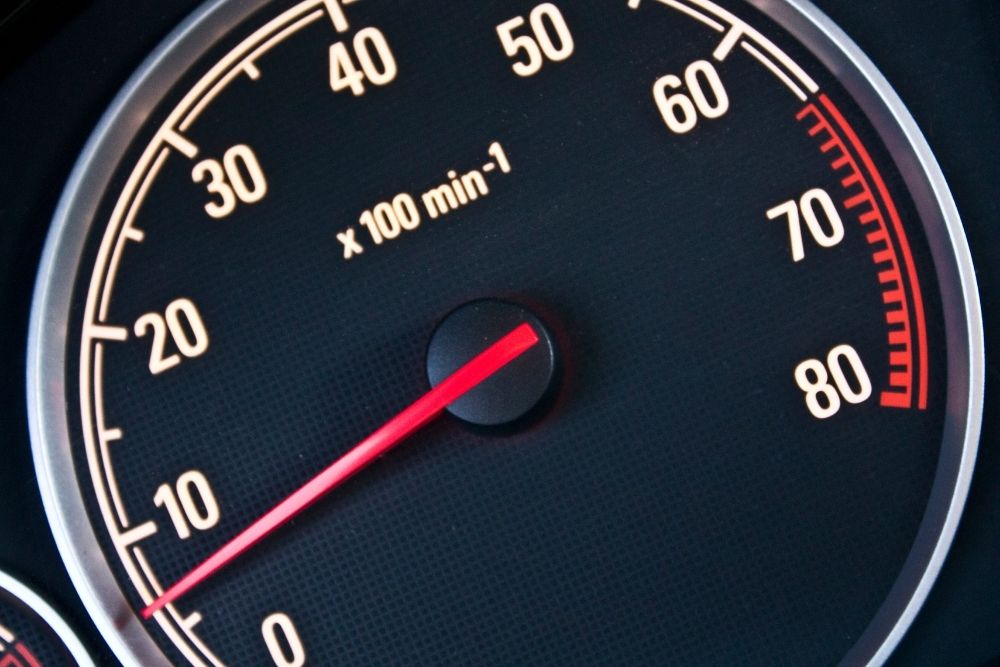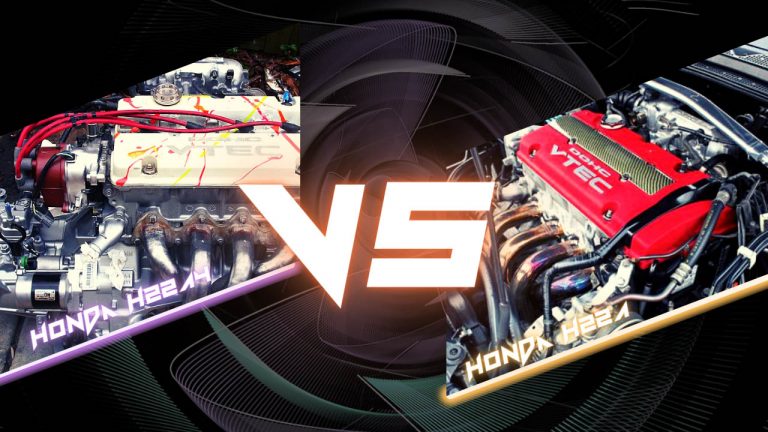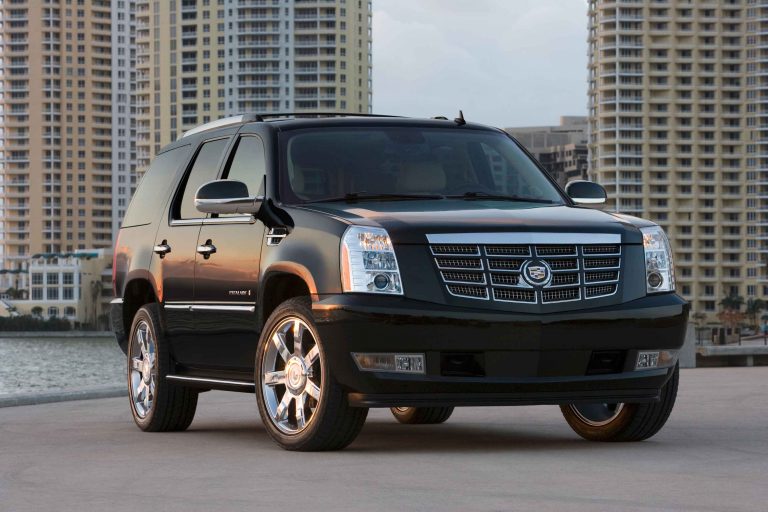What is Rev Matching? (Answered)
Motoring is often a lot more complex than it first seems – while it’s possible to simply drive your car without knowing too much about it, there’s a surprising amount of depth to driving, and a lot of things that you can do as a driver to get the most out of your car.However, if you don’t know what these things are, and how to do these things, then you obviously can’t take advantage of them.
Rev matching is one of these things. It’s a way of improving your gear transitions, making for a smoother driving experience, and (if racing is your thing) can make a big difference in your times. But what exactly is rev matching – and how can you do it? Well, you’re in the right place – we’ll explain what rev matching is and how you can learn to do this in your car!
What is rev matching?
Rev matching is a way of ensuring the smoothest transition between gears. By doing this, you’re ensuring that you don’t feel a sudden lurching feeling whenever you change gears – and you’re also ensuring that you make the most out of your engine and gearbox. Smoother transitions between gears gives you faster times and better performance. What’s more, it’s a little better for your car too, as it’ll cause less wear and tear on your engine and gearbox.
WHen you’re rev matching, you’re making sure that the rpm (revolutions per minute) of the engine fits into the powerband for both the gear that you’re in now, and the gear that you’re transitioning to. The powerband is where that particular gear will transmit the optimum power and torque. The powerband of a gear overlaps with the power bands of the gears either side of it – but the maximum of the next gear up is higher than the maximum of the current gear. As such, each gear has a successively higher overall powerband than the last.
Rev matching is mostly used when downshifting. It helps you to avoid engine braking, removing that jerking feeling you might feel when downshifting without rev matching. It’s not just a technique for the track, either – it’s a good technique to use on the road too. Both cars and motorcycles can take advantage of this technique!
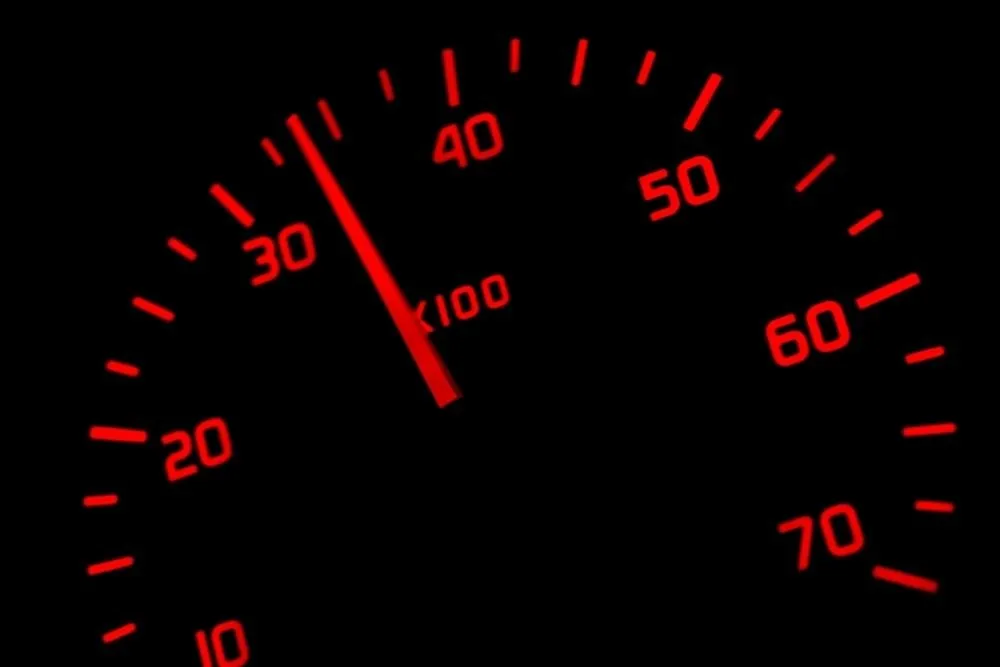
How can I do it?
Rev matching is a little bit of a complex operation at first – it might be something you have to put a little bit of thought and practice into to perfect. However, it’s worth the time and effort – and will of course teach you a little about how your car works, and exactly what rpm you need to hit to be in the powerband for your gears.
Let’s assume (and these gears and rpms are made up – don’t think that you can apply these exact numbers to your car, as they’re just here for show) that you’re downshifting from 4th gear to 3rd gear, and that your engine is currently running at 4000 rpm. And, for the sake of argument, let’s say that when you get to 3rd gear, you know that you’re going to want to be at around 4500 rpm in order to have a smooth transition between gears.
Without rev matching, when you downshift, you’ll press the clutch causing the rpms to drop. Then, shift the gear, and then release the clutch – and your engine is going to immediately have to ramp up its revolutions per minute again. It’ll try to jump almost immediately to 4500 rpm, and cause you to feel a sudden jerk.
When you’re rev matching, you’ll shift in a slightly different way, paying attention to your engine rpm. First, you press the clutch in as usual. However, instead of shifting straight into gear, you’ll touch the accelerator just enough to get it to hit that (hypothetical) 4500 rpm mark. When you’ve got it to the sweet spot, switch into the lower gear and release the clutch.
If you’ve done this right., the downshift will be a lot smoother than usual, as the engine speed will match the gear you’re transitioning into. It’s not an easy process, and it requires some learning and practice. You’ll have to pay close attention to your engine speed, and practice getting the engine speed changes and gear shifts well timed. You’ll have to learn exactly where your car reacts best for each gear.
Don’t feel put off if it’s difficult the first time you try it. It’s an advanced driving skill, sure, but one that’s well worth learning. It’ll make you a better driver, and teach you about your car – but nothing good comes without a bit of hard work. Keep up the practice, and make sure that you understand the principle before anything else. With time and patience, you’ll learn how to rev match in your car, making your gear transitions better, and giving you a smoother driving experience.
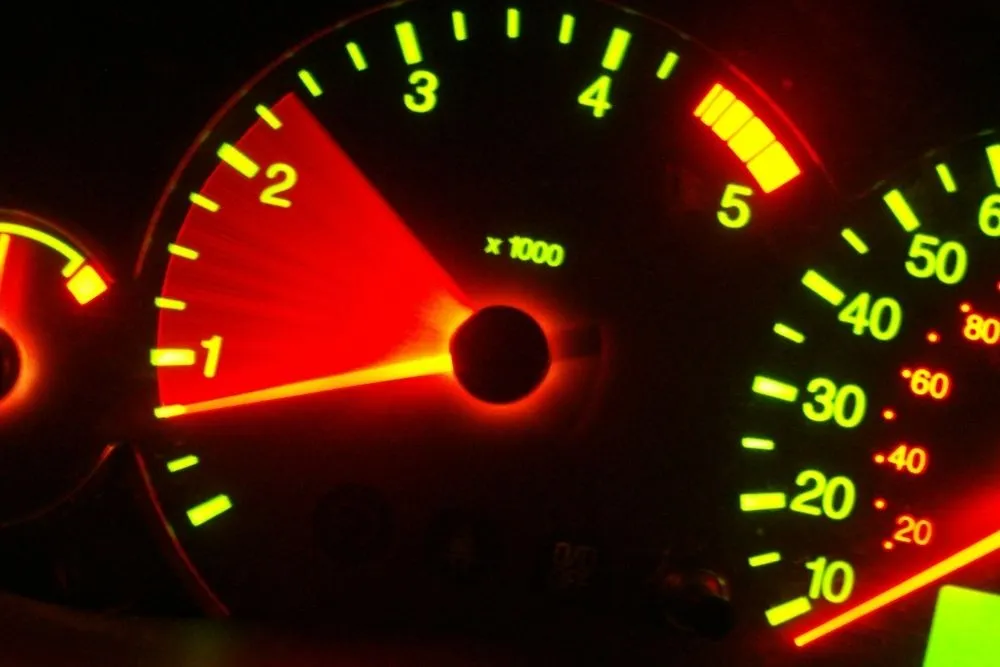
Why rev match?
The most obvious benefit of rev matching for most road drivers is that it makes your gear transitions a lot smoother. INstead of a sudden lurching feeling as your engine has to match its speed with that needed by the gear at a certain road speed, you’ve done that work for it without the gear being engaged – meaning that when you release the clutch, the engine is already at the right speed, giving you the smoothest transition between gears.
If you’re racing, gear transitions become even more important – they are a vital part of getting the best times! Therefore, learning how to rev match is an essential skill for any racing driver. Getting the most out of your gearbox and engine is the only way to get the best speeds and the best times – so if you don’t learn how to rev match, you can hardly call yourself a racing driver!
As an added bonus – smoother transitions means a longer life for your engine and gearbox components!
Conclusion
There you have it – a quick and comprehensive guide to rev matching, what it means, and how you can learn to do it! It’s a great driving skill to learn, and can help you to get the most out of your car. It can be difficult to learn, but with practice, you’ll get it – and get a better driving experience and improved performance because of it!

